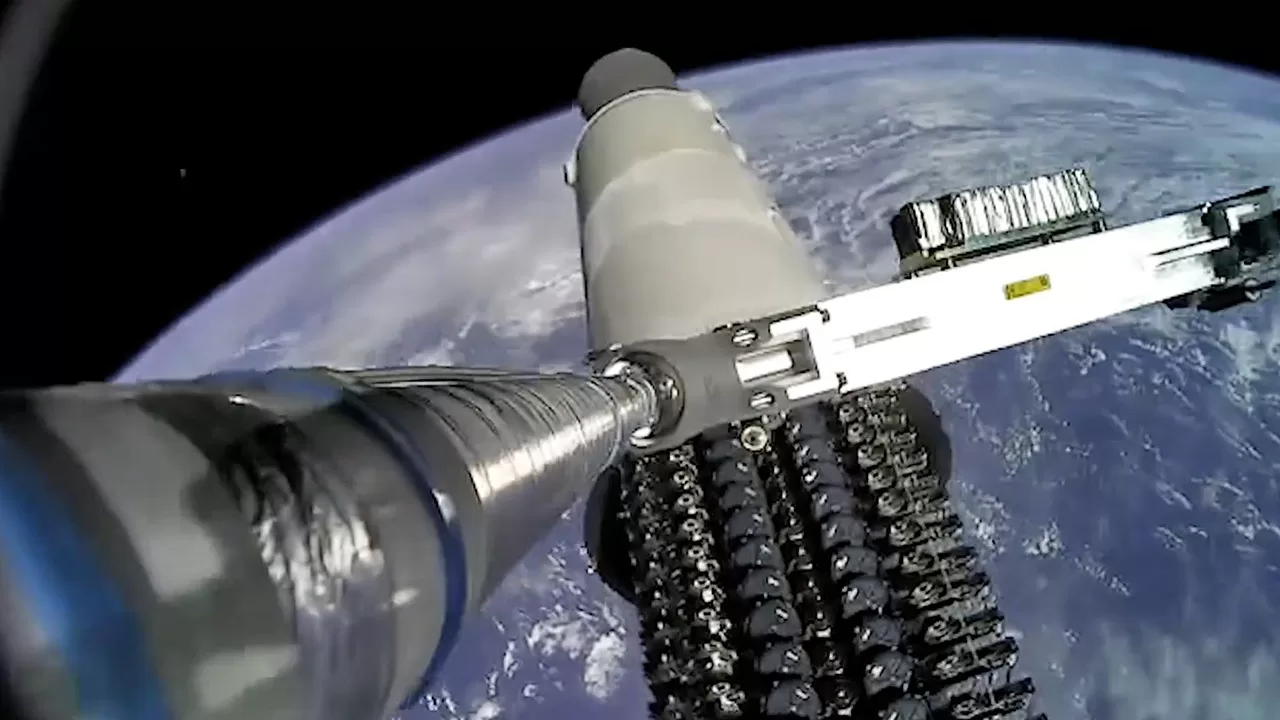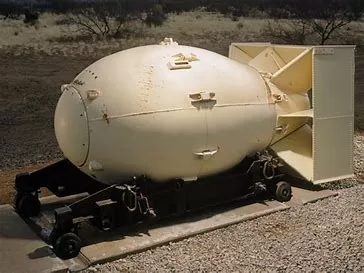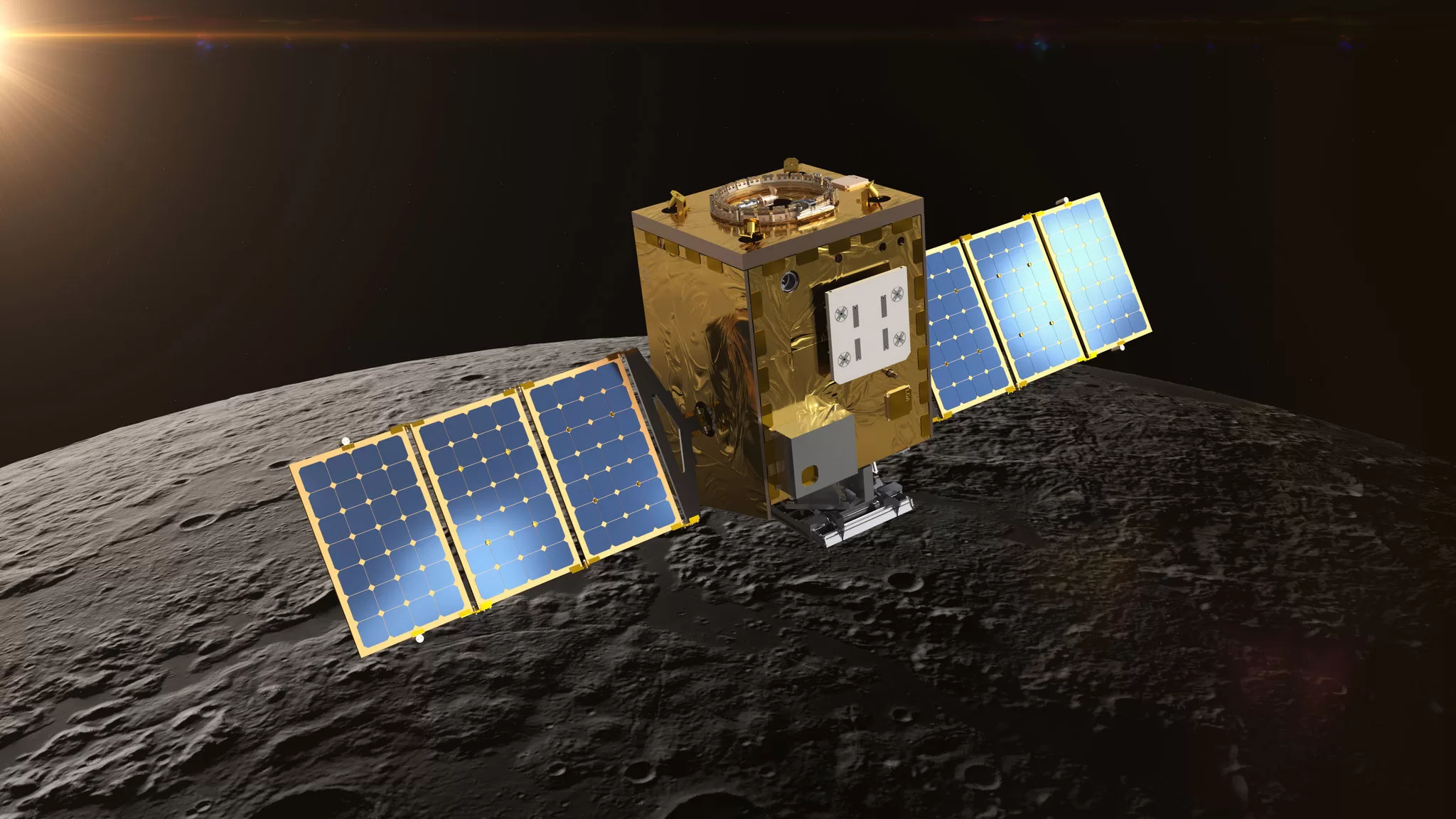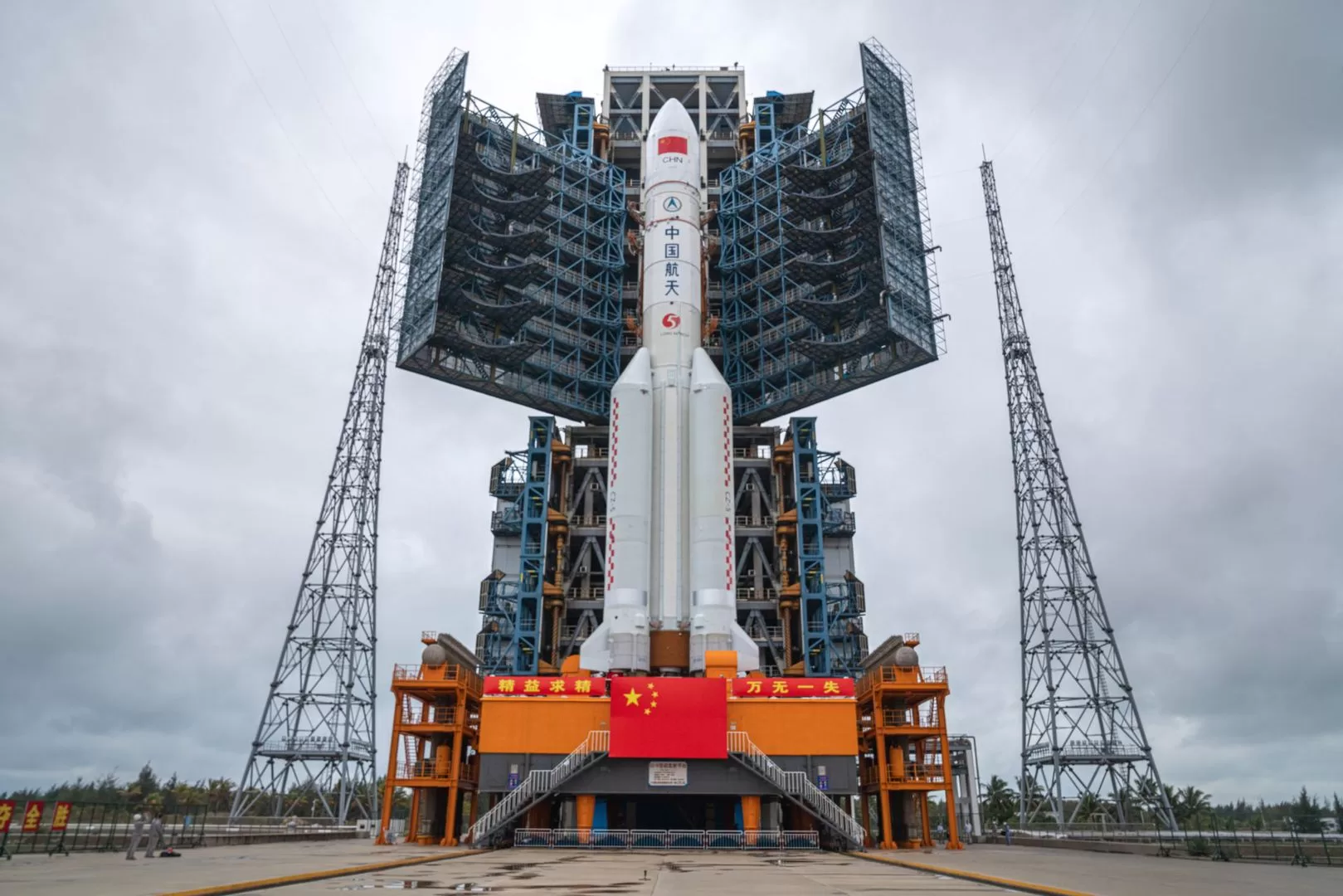The roll-out of SpaceX’s new V2 satellites had a few hiccups.
The Situation
On February 27th 2023, the first set of V2 mini satellites were launched. These satellites are the next generation in the Starlink satellite constellation boasting more communications capacity and higher performing engines. The launch was successful, and all 21 satellites were deployed.
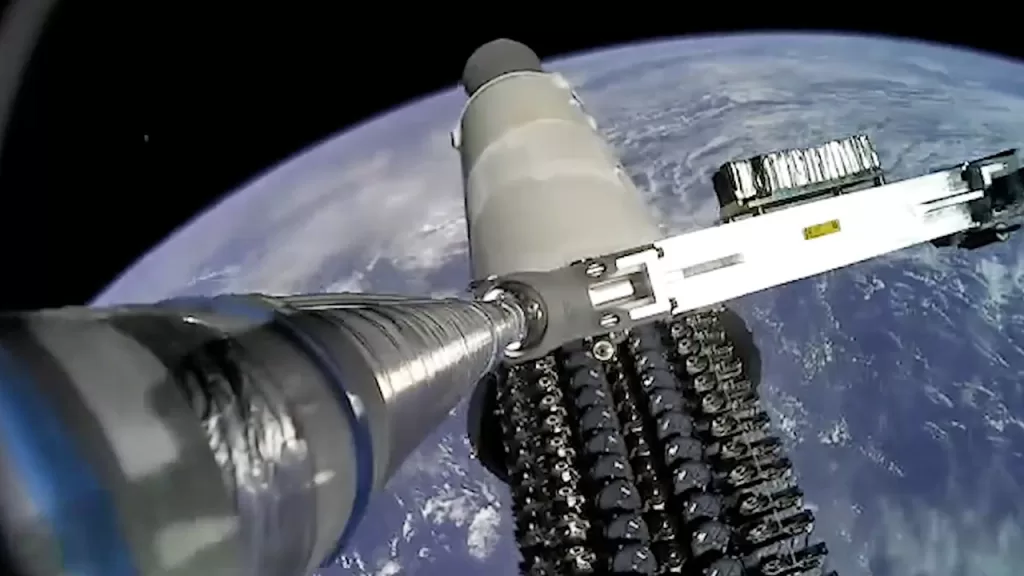
These satellites are the smaller version of the final size of the V2 satellites.
Elon Musk addressed the public on Twitter saying “Lot of new technology in Starlink V2, so we’re experiencing some issues, as expected. Some sates will be de-orbited, others will be tested thoroughly before raising altitude above the Space Station.”
The satellites began raising their orbits a couple of days after their deployment at 370 kilometers. They stopped the raising of altitude as they maintained an altitude of 380 kilometers. The Space Station orbits between 415 and 420 kilometers.
Around March 15th their orbits started to decrease at different rates spurring on the assumption that something must have gone wrong.
Details about the Spacecraft
The newest satellites, the V2 minis are the smaller version of the final version which will be taken into orbit using the Starship launch vessel capable of lifting a ton of mass. These satellites come after SpaceX has launch over 4,000 of the first generation satellites which have a mass of 300 kg. The V2 minis come in at 800 kg.
The new satellites feature improved phased array antennas and operate in E band frequencies. Expanding the capacity by four times what the previous version could handle. This satellite has been filed with the Federal Communications Commission under “F9-2”. The filing described a spacecraft with two solar arrays 12.8 meters long. The first generation had a single solar array which measured eight meters long.
Once the approval comes for the final form of the V2 satellites, they will come in at 2,000 kilograms with two solar arrays 20 meters long. SpaceX currently is working its way up to the 7,500 satellites. This is still quite a bit below its ideal number of 30,000 satellites in orbits slightly above 500 kilometers.
The new propulsion system utilizes argon instead of the previous krypton which reduces the cost of operating these satellites. In theory, you could fit more argon in the fuel tanks than you could krypton as argon is less dense. Thus saving weight. It is likely that SpaceX deduced that it doesn’t need to have that much thrust in order to get it to its parking orbit. While these next generation satellites might not have as much thrust, they could be used longer with more fuel on board which would otherwise weigh significantly more when using krypton.
Benefits of Starlink satellites
Starlink boast incredible data speeds at low latency compared to more traditional forms of satellite communication. This is on top of the fact that most of the geosynchronous satellites are now fairly old in relation to the newest technology onboard the Starlink satellites.
Starlink provides broadband internet to the most remote parts of the world at a relatively low cost. Geosynchronous satellite communication is an expensive endeavor whereas Starlink costs $110.
Starlink also provides unlimited data at base value unlike many other ISPs which love to have you pay more for using their service.
It is important to note that these data speeds that many people see outpace a lot of what other satellite communication companies provide. You can still get normal terrestrial internet at much higher speeds and at lower cost.
Cons
With the popularization of Starlink in more densely populated areas, service speeds are greatly reduced. When you go to the website to see if service can be available to you, it will inform you when you will have to wait in order to get proper service. Until SpaceX can get the desired constellation size more densely populated areas will have limited access to Starlink systems.
The initial equipment cost is $599 for residential service. It is also not available everywhere. Starlink has plans to expand the service to the rest of the continental United States in 2023 however as it stands large portions of the United States cannot utilize Starlink.
